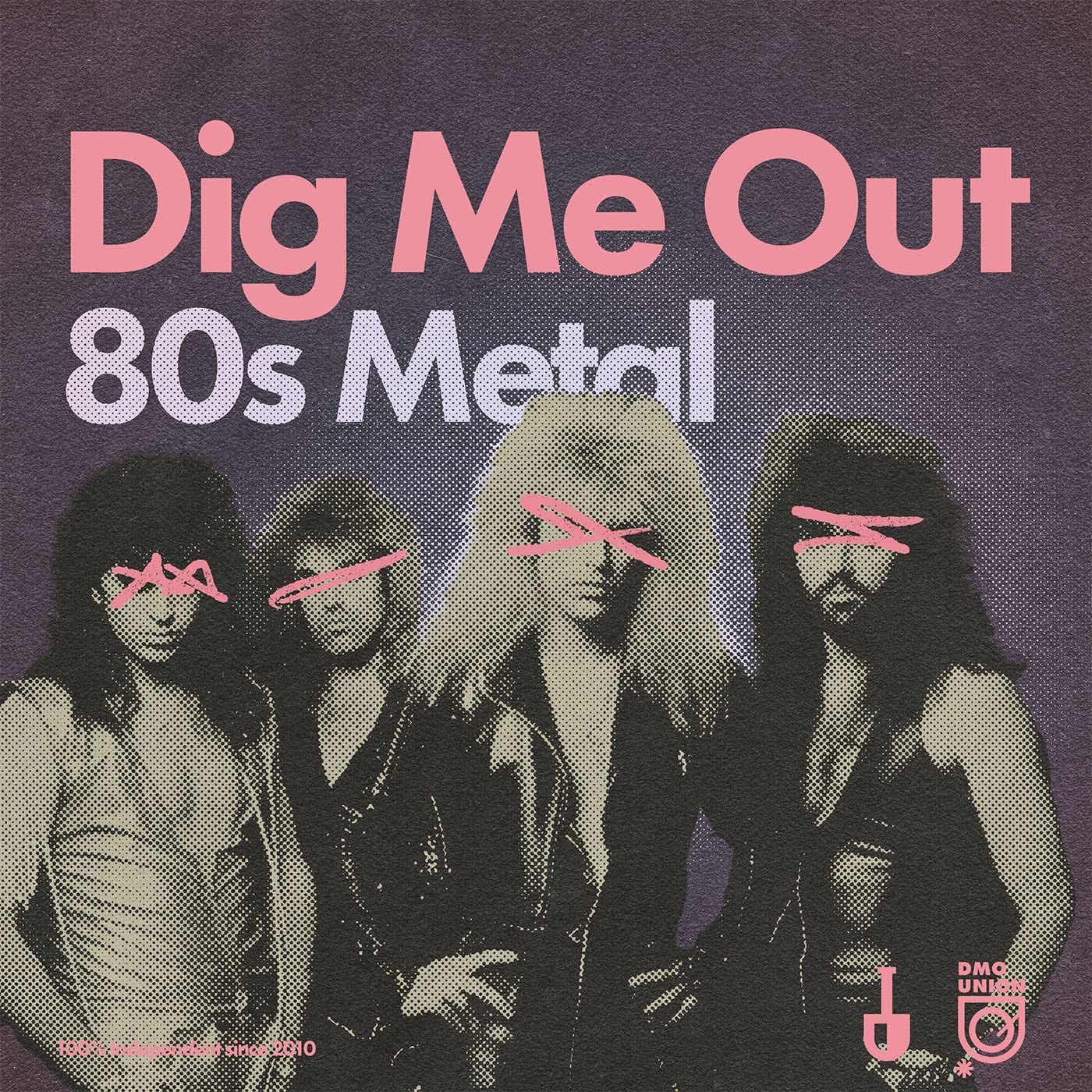Blue Murder - Blue Murder | 80s Metal Revisited
Description
April 1989: The world was a strange mix of excess and transition. On one side, the neon-drenched MTV era was still riding high, with hair metal bands like Poison, Motley Crüe, and Def Leppard dominating the charts with their polished, radio-friendly anthems. Power ballads and arena rock were inescapable, and rock fans were tuned in to Bon Jovi and Guns N’ Roses. Yet, beneath the surface, change was brewing. Bands like Jane’s Addiction and Soundgarden were slowly carving out a new, grittier sound that would soon transform the entire landscape.
Amid this backdrop, Blue Murder made their entrance—not as another Sunset Strip glam act, but as a hard-hitting supergroup led by a guitar hero who had already proven himself with Thin Lizzy and Whitesnake. John Sykes wasn’t looking to jump on the hair metal bandwagon. Instead, with Blue Murder, he aimed to bring the technical brilliance of the ’70s into the late ’80s, blending his bluesy, virtuoso guitar work with heavy grooves and intricate song structures. Sykes, along with legendary drummer Carmine Appice and fretless bass wizard Tony Franklin, formed a trio that drew on the legacy of hard rock and metal titans, delivering something deeper and more ambitious than most of their glam metal contemporaries.
Yet, for all their talent, Blue Murder wasn’t about writing catchy three-minute radio singles. Their self-titled debut album was a blend of towering guitar riffs, thunderous drums, and epic song structures that leaned closer to the ‘70s hard rock tradition of Led Zeppelin and Deep Purple than the bubblegum metal that filled the charts. But in 1989, as hair metal ruled the airwaves and grunge was lurking around the corner, Blue Murder stood out—ambitious, raw, and musically masterful.
The Road to Blue Murder
John Sykes had already proven his chops with Whitesnake’s 1987 album, a monster hit that spawned chart-topping singles and dominated MTV. But creative tensions with Whitesnake’s leader, David Coverdale, led to Sykes’ unceremonious departure just as the band was at the peak of its commercial success. Undeterred, Sykes began writing material for what would eventually become Blue Murder, determined to put together a powerhouse group that could rival his previous success.
At first, Sykes wasn’t planning to be the frontman. The band initially brought in some big-name vocalists to handle lead duties. Ray Gillen of Black Sabbath and Badlands fame was the first to join the lineup, contributing vocals to some early demos. But Gillen left after just a few months, reportedly due to creative differences. The next contender was Tony Martin, another former Black Sabbath singer, but he, too, didn’t stick around for long. After several auditions and some disagreements with the label Geffen Records, the A&R team suggested that Sykes himself take over lead vocals. Despite being known more for his guitar work, Sykes stepped up, and his voice turned out to be a perfect match for the band’s sound—gritty, soulful, and powerful.
With legendary drummer Carmine Appice, who had played with the likes of Jeff Beck and Vanilla Fudge, and fretless bass virtuoso Tony Franklin, fresh off his stint with The Firm alongside Jimmy Page and Paul Rodgers, Blue Murder had a lineup that was nothing short of rock royalty. The result was a self-titled debut that combined technical brilliance with bluesy hard rock, reflecting Sykes’ desire to channel the spirit of ’70s heavyweights like Led Zeppelin and Deep Purple, rather than chasing the more formulaic sound of the late-’80s hair metal scene.
Building the Sound: A Guitarist as a Frontman
For a guy who wasn’t originally a vocalist, Sykes delivered some serious vocal prowess on Blue Murder. He was filling big shoes, considering he had just played alongside David Coverdale, one of rock’s great frontmen. And while the album isn’t a complete departure from Whitesnake’s bluesy, hard-hitting rock, it’s more expansive, both music
More Episodes
In the summer of 1987, the music scene was shifting: the larger-than-life sounds of glam rock and heavy metal were at their peak, and the neon-drenched days of the MTV era were in full swing. Hair metal dominated, with bands like Def Leppard, Whitesnake, and Bon Jovi ruling the charts and radio....
Published 11/07/24
Published 11/07/24
October 1985: hair was big, riffs were bigger, and rock was veering toward an electrified blend of glam, grit, and decadence. Metalheads and rock fans everywhere were tuning in to MTV, where every week, a new video was promised to capture their attention. This era was when albums weren’t just...
Published 10/31/24


